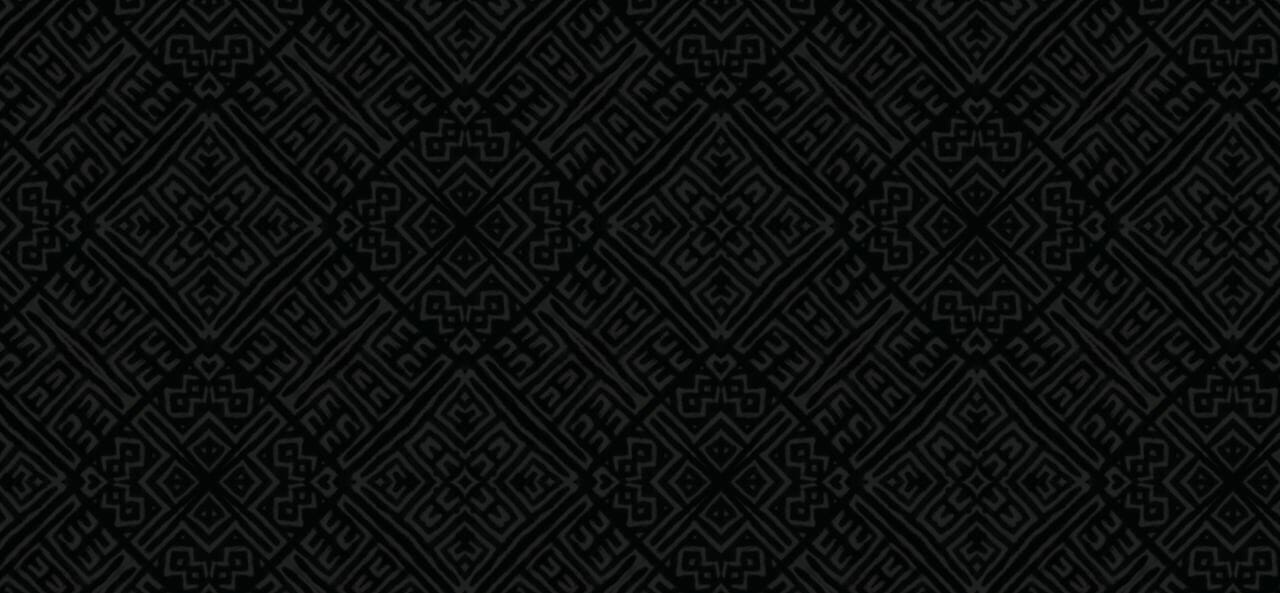The History of African Headwraps
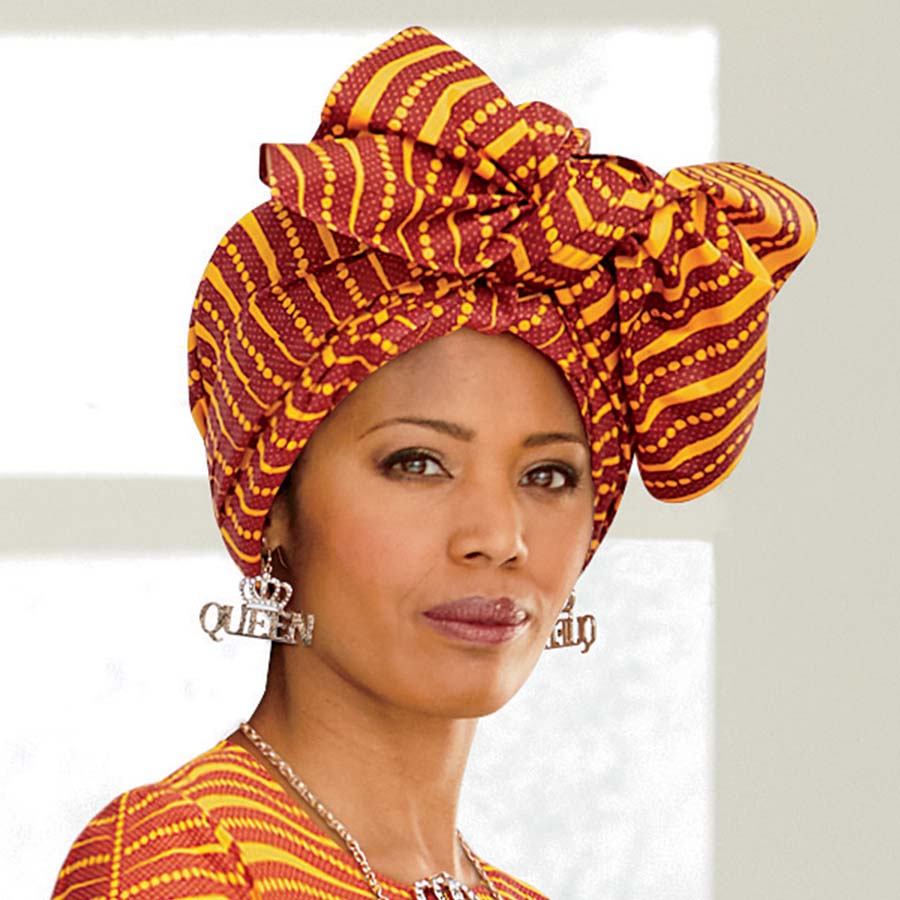
African Headwraps are timeless fashion statements and staples in African American History. The headwrap has prevailed through slavery and remained consistent through every fashion trend.
The headwrap has many names. It has been called head rag, head tie, head handkerchief, turban, or headscarf. It is still a versatile accessory and a necessity for all types of African American women.
In Africa, headwraps have a fashionable yet straightforward purpose. Women often wear them to protect their heads from the harsh sun or as a protective hairstyle. Headwraps would be used to define the woman wearing them.
Depending on what kind of headwrap it is or how it is worn, it could represent her wealth, ethnicity, mourning, marital or social status. There were specific ways that different tribes in Africa defined their headwraps.
Origin of the African Headwrap

Sub-Saharan Africa is the origin of the African headwrap. The headwrap was designed using traditional colors and patterns like kente. It was told that the wraps would often tell who the woman was that was wearing it. Over time, the headscarves continued to tell stories, but not all of them were good.
In Africa, headwraps have a fashionable yet straightforward purpose. They are often used to protect a woman’s head from the harsh sun or as a protective hairstyle.
Headwraps would be used to define the woman wearing them. Depending on what kind of headwrap it is or how it is worn, it could represent her wealth, ethnicity, mourning, or marital status. There were specific ways that different tribes in Africa defined their headwraps.
Most of the African head wraps showed the features of the sub-Saharan aesthetics and worldview, but in the United States, there was a completely different agenda. In the United States, the headwrap served as a badge of enslavement.
It eventually evolved into the ‘Black Mammy” servant stereotype. However, the enslaved continued to proudly wear their headwraps, remembering their ancestry and becoming part of their communal identity.
20th Century Headwraps
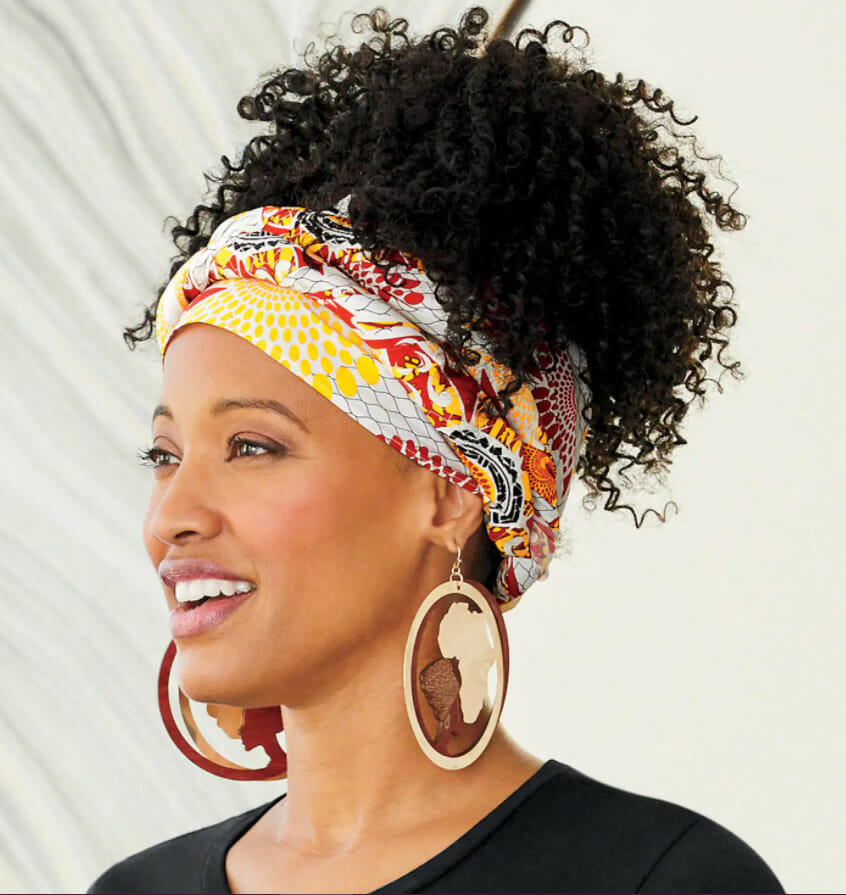
Following slavery abolishment in 1865, black women continued to wear headwraps creatively, but the style quickly became associated with homeliness. The stigma around the Black Mammy and Aunt Jemima stereotypes grew and pushed black women to assimilate and embrace Eurocentric standards for beauty and professionalism.
In the early 20th century, chemical relaxers were introduced to black hair by Madam C.J Walker. Relaxers chemically straightened black hair and promoted natural hair growth. The black community criticized relaxed, but it created a new functional use for headwraps, contributing to the maintenance of the relaxer.
As a result, wearing headscarves and headwraps in public wasn’t a standard of beauty anymore in the 20th century. However, women still wrapped their hair up at night to preserve their hairstyles, as we do now.
In the ’70s, headwraps became a central accessory of the Black Power Movement. It was stamped as a uniform of rebellion, a fashion statement, a way of reclaiming history. Previously shamed for them, black women used the headwrap and the afro to embrace their culture and style. The saying “Black is beautiful” with kente cloth headwraps is still the aesthetic of the celebration of African Americans.
Where are Headwraps now?
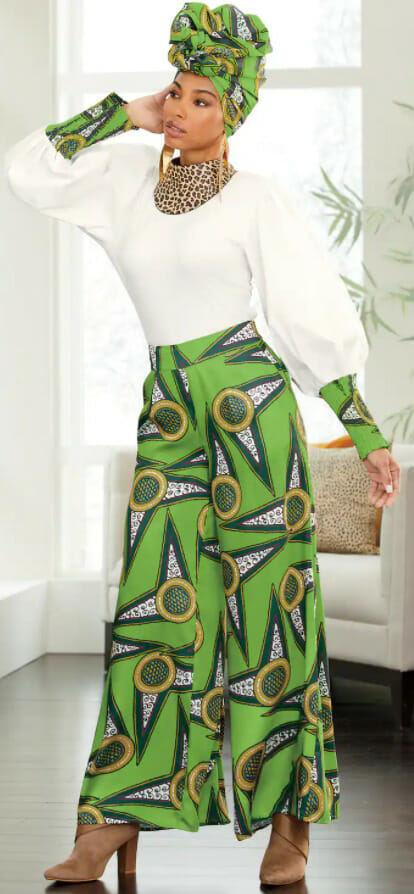
Headwraps are still a controversial fashion accessory. Depending on how they’re worn, they can be seen as homely or tasteless but also fashionable and elegant. Women still use them as protective styles, stylish accents to their favorite outfits, and sometimes as a scarf to protect their hair at night.
Headwraps can be worn for many different reasons. A headwrap is a functional and powerful must-have in a woman’s closet.
Whether it is for an elegant night out, a celebration of your heritage, a quick way to look presentable without doing your hair, or a protective style, headwraps are a blessing to every type of woman. Headwraps will never go out of style.
Finding Your Perfect Headwrap
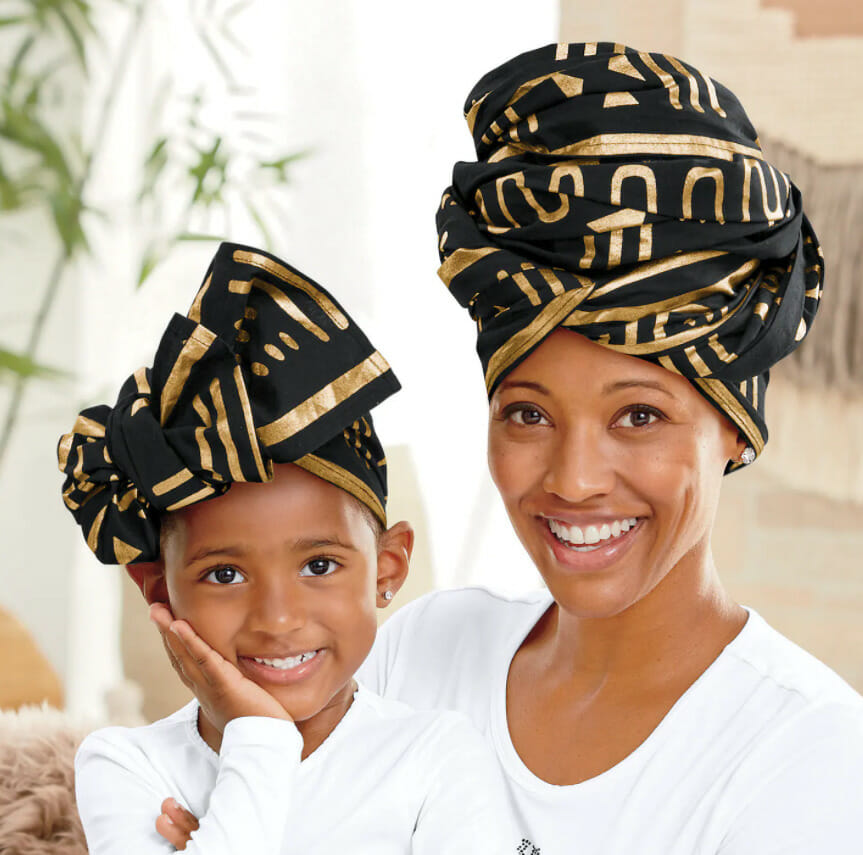
Wearing a headwrap is a meaningful way to celebrate African culture. Every headwrap is unique, just like every woman. Finding one with a specific print or pattern may be tricky, but you can search “kente,” or colors like red, green, and black.
In the 21st century, more women wear headwraps as a fashion statement. It is safe to say that headwraps might not ever go out of style. Their growing popularity and evergreen style means there are many places to buy headwraps. Add a headwrap to your dynamic style, expressing yourself with every head turn.
